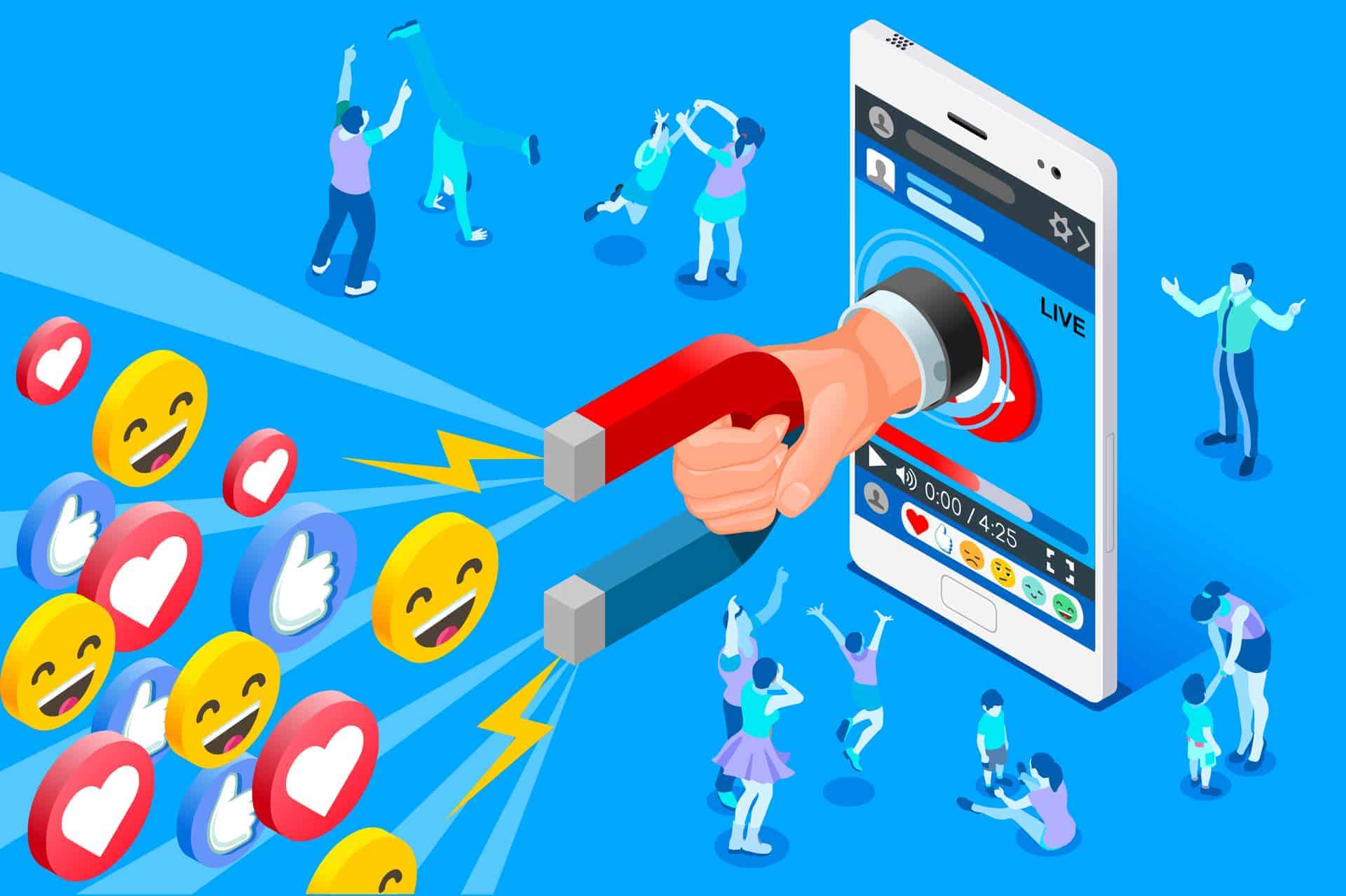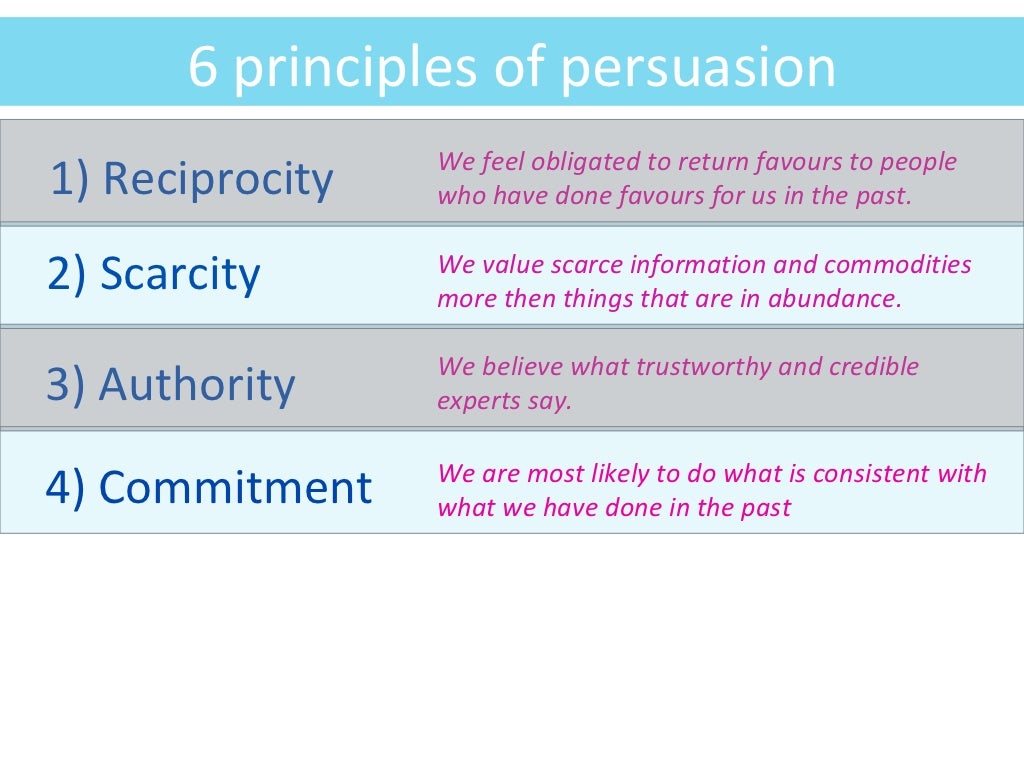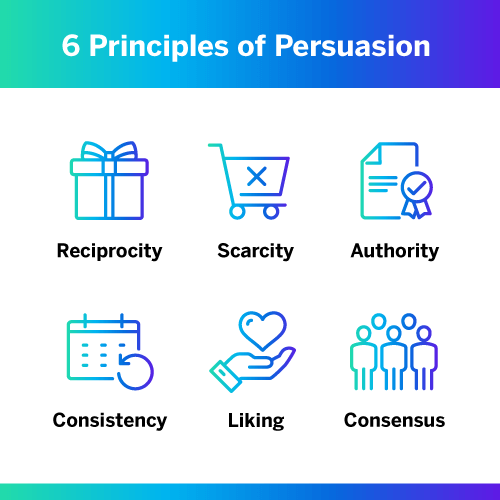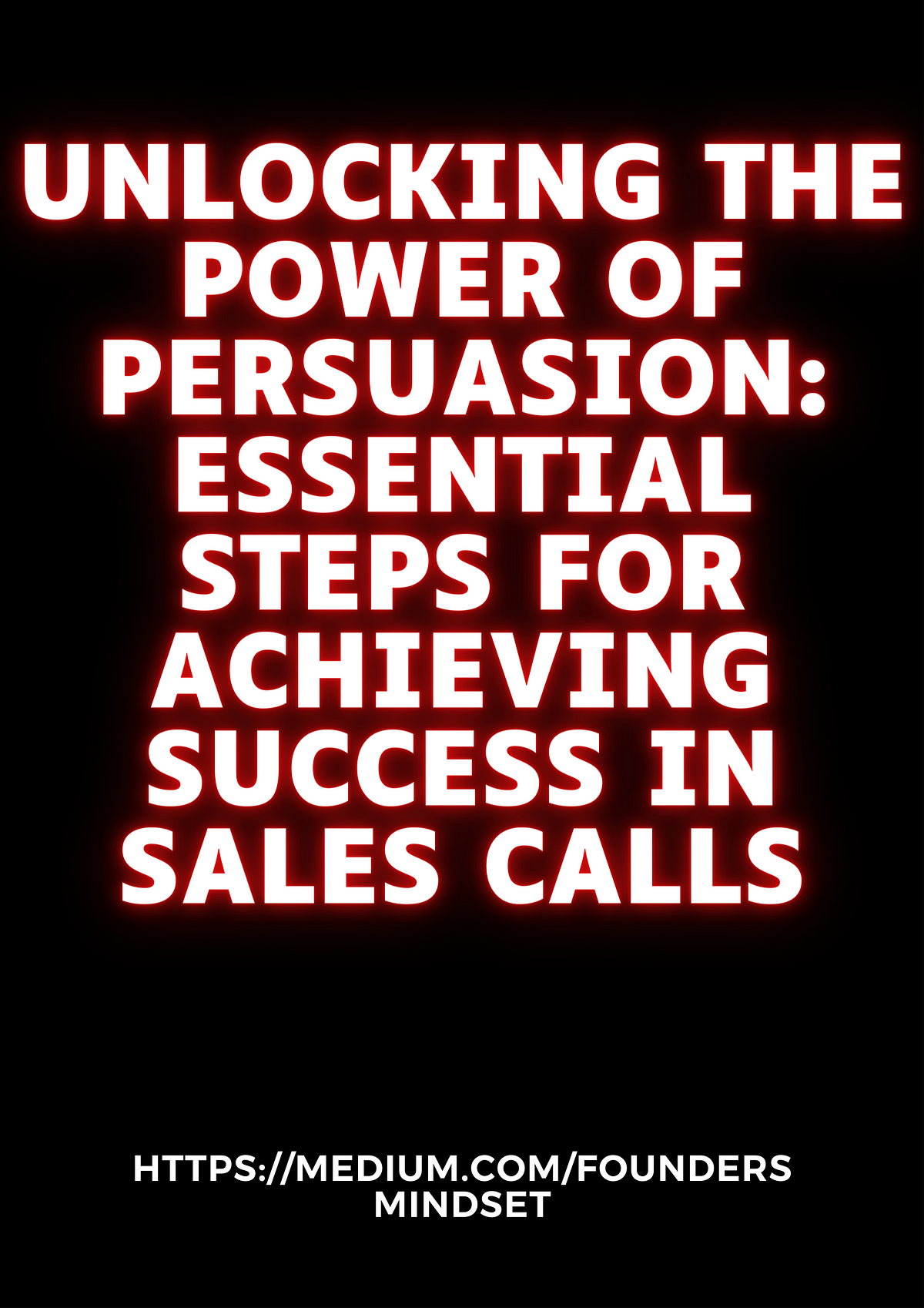Unlocking the Power of Persuasion: A Guide to Communicating Your Product’s Value

You’ve poured your heart and soul into crafting a product or service that you believe in deeply. Now, the crucial step is to share that passion with the world and convince potential customers that your offering is the perfect solution for their needs.
This guide will equip you with the tools and strategies to effectively communicate the features and benefits of your product, ensuring your message resonates with your ideal customer and drives informed purchasing decisions.

1. Know Your Audience: The Foundation of Effective Communication
Before you can craft a compelling message, you need to understand who you’re talking to.
- Identify your ideal customer: Who is your target audience? What are their demographics, psychographics, pain points, and aspirations?
- Conduct thorough research: Explore your target audience’s online presence, engage in social listening, and analyze customer data to gain deeper insights.
- Develop buyer personas: Create fictional representations of your ideal customers, capturing their motivations, behaviors, and decision-making processes.


2. Uncover the "Why": The Heart of Your Value Proposition

Your product or service exists to solve a problem or fulfill a need. Articulating this "why" is essential for creating a compelling message.
- Focus on the benefits, not just features: While features describe what your product is, benefits explain what your product does for the customer.
- Highlight the value proposition: What makes your product or service unique and superior to the competition? What problem does it solve better, faster, or more efficiently?
- Connect with customer emotions: Appeal to their desires, aspirations, and fears. Show them how your product can improve their lives, solve their problems, or achieve their goals.



3. Crafting Your Message: The Art of Persuasion

Now that you understand your audience and your product’s value, it’s time to craft a message that resonates.
- Use clear and concise language: Avoid jargon and technical terms that your audience might not understand.
- Tell a story: Humans are naturally drawn to stories. Share a compelling narrative about how your product has helped others or how it can solve a specific problem.
- Use strong visuals: Images, videos, and infographics can effectively communicate complex information and capture attention.
- Embrace the power of testimonials: Social proof is powerful. Share positive reviews and testimonials from satisfied customers to build trust and credibility.


4. Key Features and Benefits to Highlight

The specific features and benefits you emphasize will vary depending on your product and target audience. However, here are some universal themes to consider:
A. Product Features:
- Functionality: What does your product do? How does it work?
- Performance: How efficient and effective is your product?
- Durability: How long will your product last?
- Customization: Can your product be tailored to individual needs?
- Ease of use: Is your product user-friendly and intuitive?

B. Customer Benefits:
- Time-saving: How does your product help customers save time?
- Cost-effectiveness: How does your product help customers save money?
- Convenience: How does your product make life easier for customers?
- Improved efficiency: How does your product help customers achieve their goals more efficiently?
- Enhanced productivity: How does your product help customers get more done?
- Increased satisfaction: How does your product contribute to customer happiness and fulfillment?
- Peace of mind: How does your product reduce stress and anxiety for customers?
5. Examples of Effective Messaging
Example 1: A Fitness App
Feature: Personalized workout plans tailored to individual goals and fitness levels.
Benefit: Achieve your fitness goals faster and more effectively with a customized workout plan designed specifically for you.
Example 2: A Sustainable Clothing Brand
Feature: Use of organic and recycled materials in production.
Benefit: Reduce your environmental impact and support ethical fashion practices by choosing clothing made with sustainable materials.
Example 3: A Time Management Software
Feature: Automated task scheduling and prioritization.
Benefit: Stay organized, reduce stress, and increase productivity by letting our software handle your to-do list.
6. Continuously Iterate and Improve
The world of marketing is constantly evolving. Stay informed about the latest trends and technologies, and adapt your messaging accordingly.
- Track your results: Analyze data from your marketing efforts to understand what resonates with your audience and what doesn’t.
- Seek feedback: Ask your customers for their honest opinions on your product and your marketing materials.
- Experiment with different approaches: Don’t be afraid to try new things and see what works best.
7. The Power of Authenticity
Above all, be genuine and authentic in your communication. Your passion for your product will shine through and inspire trust in your customers.
Conclusion
By understanding your audience, articulating your product’s value, crafting a compelling message, and continuously iterating your approach, you can effectively communicate the features and benefits of your product or service, driving informed purchasing decisions and building a loyal customer base. Remember, the key is to focus on the "why" behind your product and how it can improve the lives of your customers.
